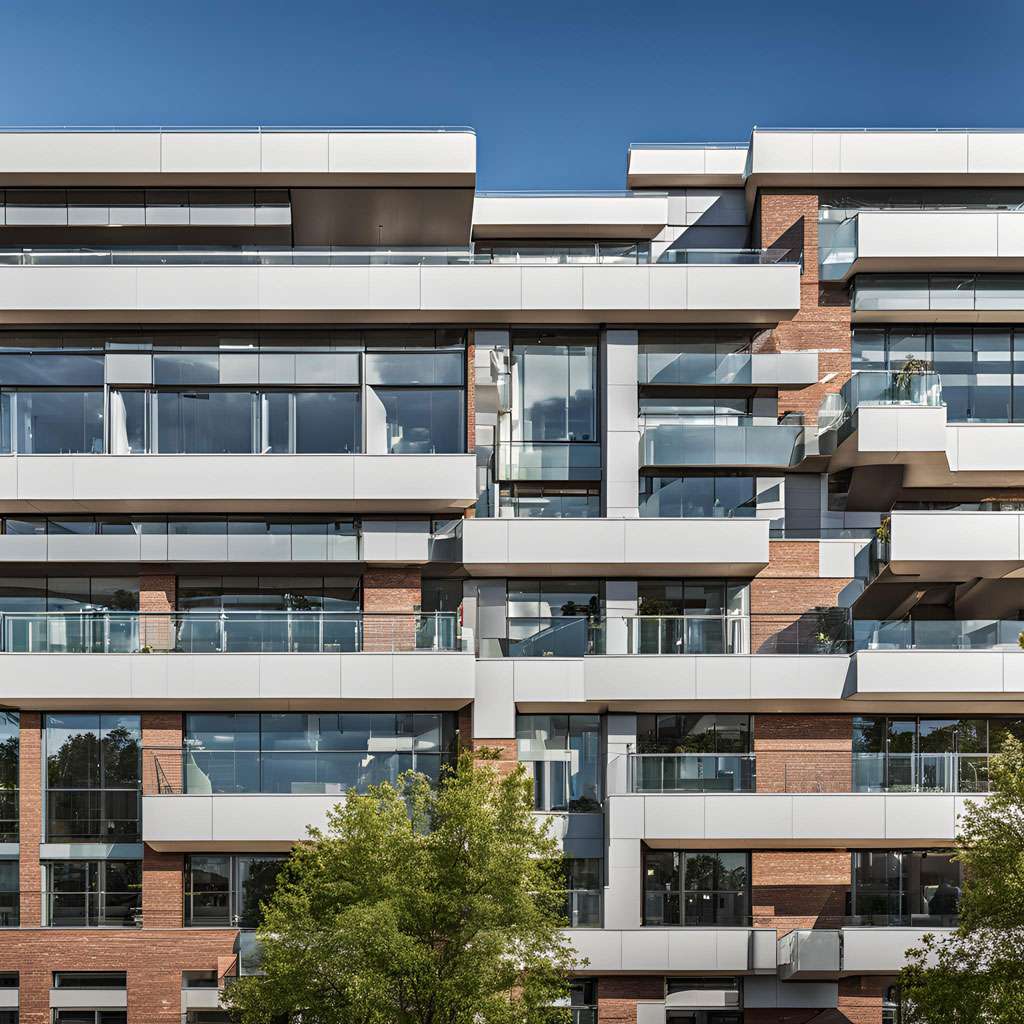3d rendering cpu vs gpu
When it comes to processing graphics for VFX, CG and other media, there are two options: CPU and GPU renderers.
Although CPU and GPU-based render engines have a lot in common, they have key differences that affect their processing speed and quality.
CPU rendering remains as an industry standard; it’s still widely used by designers in various professional projects.
Here’s a detailed comparison of CPU and GPU for 3D rendering:

-
CPU (Central Processing Unit)
Overview: The CPU is the primary processor in a computer, responsible for executing general-purpose tasks and computations. In 3D rendering, the CPU handles tasks such as scene management, geometry processing, and overall computation.
Key Characteristics:
- General-Purpose Processing:
- Versatility: CPUs are designed to handle a wide range of tasks and can manage complex calculations, logic operations, and sequential processes effectively.
- Core Count: Modern CPUs have multiple cores (e.g., quad-core, octa-core) that enable them to perform parallel processing, improving performance in multi-threaded applications like 3D rendering.
- Rendering Performance:
- Single-Threaded Performance: CPUs excel in tasks that require high single-threaded performance, which is important for certain aspects of rendering that rely on sequential processing.
- Rendering Engines: Some rendering engines, particularly those that rely on traditional CPU-based rendering (e.g., V-Ray CPU), are optimized to utilize the full power of the CPU.
- Applications:
- Architectural Visualization: CPUs are used for complex calculations and simulations in architectural rendering.
- Animation and Effects: Rendering tasks that involve complex animations and simulations may benefit from CPU power.
- Recommended CPUs:
- Intel Core i9-13900K: High-performance CPU with a large number of cores and threads, suitable for demanding rendering tasks.
- AMD Ryzen Threadripper PRO 5995WX: High-core-count CPU designed for professional workstations, offering excellent multi-threaded performance.
GPU (Graphics Processing Unit)
Overview: The GPU is specialized hardware designed for rendering graphics and performing parallel computations. It excels in tasks that involve processing large amounts of data simultaneously, such as rendering high-resolution images and complex scenes.
Key Characteristics:
- Parallel Processing:
- Massive Parallelism: GPUs contain thousands of smaller cores that work together to process multiple tasks simultaneously, making them highly efficient for parallel computations.
- Speed: GPUs can dramatically accelerate rendering tasks that are optimized for parallel processing, resulting in faster render times.
- Rendering Performance:
- Ray Tracing and Real-Time Rendering: Modern GPUs are equipped with hardware-accelerated ray tracing capabilities and are ideal for real-time rendering applications, such as video games and virtual reality.
- Rendering Engines: Many modern rendering engines (e.g., V-Ray GPU, NVIDIA Iray, Redshift) are optimized for GPU acceleration, allowing for faster rendering times compared to CPU-based rendering.
- Applications:
- Gaming and VR: GPUs are essential for rendering real-time graphics in video games and virtual reality environments.
- High-Resolution Rendering: GPUs excel in rendering complex scenes with high levels of detail and resolution.
- Recommended GPUs:
- NVIDIA GeForce RTX 4090: A high-end GPU with advanced ray tracing capabilities and exceptional performance for 3D rendering.
- AMD Radeon PRO W6800: A professional-grade GPU designed for high-performance rendering and visualization tasks.
Comparison Summary
- Processing Type:
- CPU: Handles general-purpose tasks with high single-threaded performance. Suitable for tasks that require complex calculations and sequential processing.
- GPU: Specializes in parallel processing, making it ideal for rendering tasks that benefit from massive parallelism and speed.
- Performance:
- CPU: Offers strong performance for multi-threaded applications but may be slower for rendering tasks that can benefit from parallel processing.
- GPU: Provides faster rendering times for tasks optimized for parallel processing, including real-time rendering and complex scenes.
- Flexibility:
- CPU: More versatile in handling a wide range of computing tasks, including those beyond rendering.
- GPU: Highly specialized for graphics and rendering tasks, offering superior performance in applications that leverage parallelism.
- Use Case:
- CPU: Ideal for tasks that require high single-threaded performance and complex computations.
- GPU: Best suited for rendering high-resolution images, real-time graphics, and complex scenes where parallel processing can be leveraged.
Luxe3D’s Approach
At Luxe3D.co.uk, we understand the importance of selecting the right hardware for optimal 3D rendering performance. For projects requiring high levels of detail and realism, we leverage both CPU and GPU technologies based on the specific needs of the rendering task. By using powerful CPUs for complex computations and high-performance GPUs for fast, real-time rendering, we ensure that our clients receive the highest quality visualizations with efficient turnaround times.
In conclusion, both CPUs and GPUs play vital roles in 3D rendering, each offering unique advantages. Choosing the right hardware depends on the specific requirements of the rendering task, including the need for parallel processing, real-time performance, and overall computational power.
- General-Purpose Processing:
